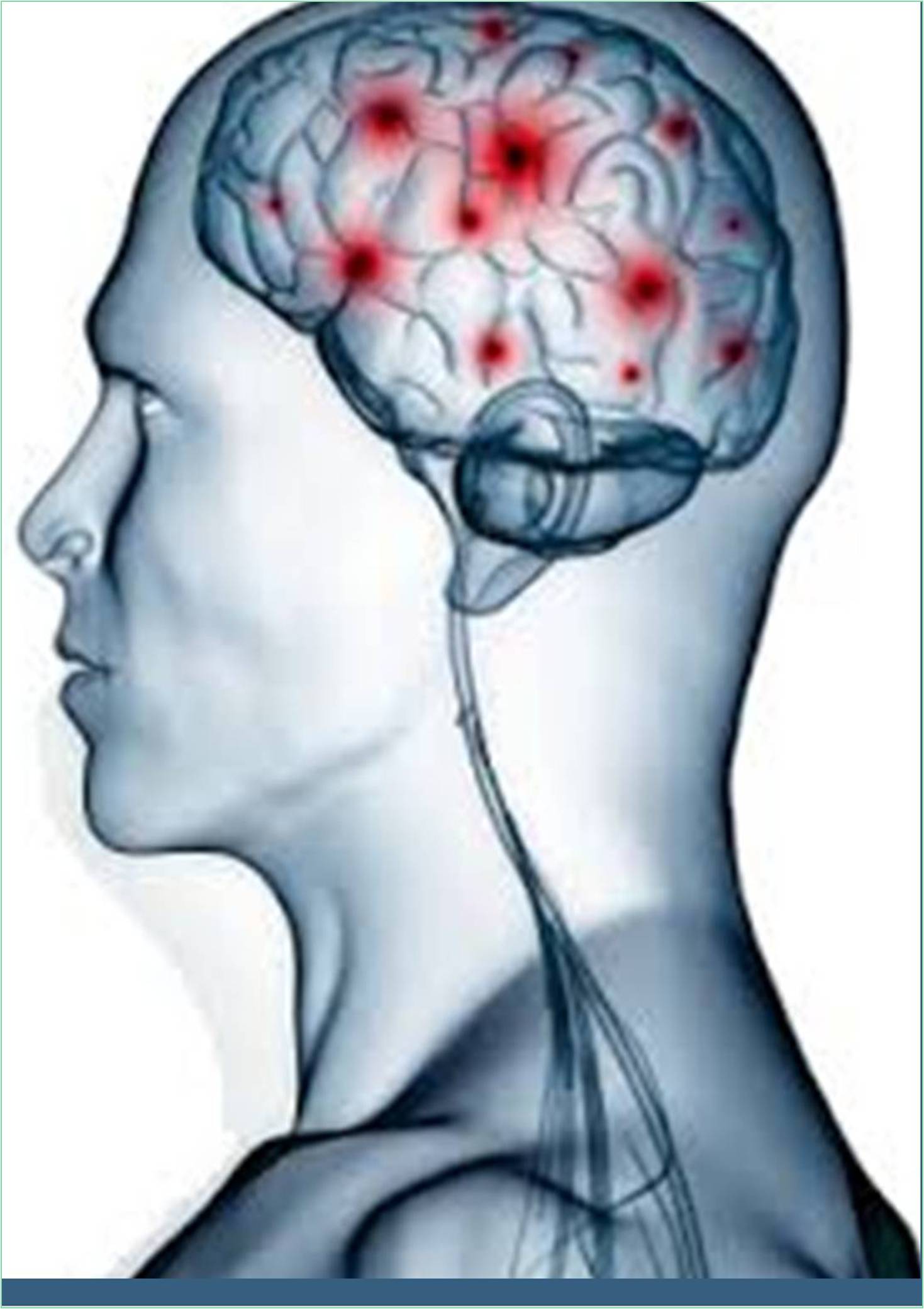



Received: 01-Jul-2022, Manuscript No. GJNN-22-73066; Editor assigned: 04-Jul-2022, Pre QC No. GJNN-22-73066 (PQ); Reviewed: 18-Jul-2022, QC No. GJNN-22-73066; Revised: 25-Jul-2022, Manuscript No. GJNN-22-73066 (R); Published: 02-Aug-2022, DOI: 10.15651/2449-1942.22.10.007
A group of developmental disabilities known as Autism Spectrum Disorders (ASDs) are characterized by patients' delayed development of socialization, communication, and behavior-related skills. Asperger's disorder, autistic disorder, and Pervasive Developmental Disorder-Not Otherwise Specified (PDD-NOS) are all included under the term of ASD. At the moment, each of these three disorders has a unique set of diagnostic standards. Patients with PDD-NOS will generally exhibit milder symptoms than AD patients while still meeting some, but not all, of the diagnostic criteria for AD. Although they do not have intellectual disabilities, people with Asperger's disorder have unusual interests, behaviors, and social difficulties. However, AD patients experience both social and intellectual impairments. The Diagnostic and Statistical Manual of Mental Disorders, Fourth Edition, Text Revision (DSMIV- TR), published by the American Psychiatric Association, states that:
• Impairment in social interaction and communication on a qualitative level.
• Strict, monotonous, and stereotypical patterns of behaviour, passions, and pursuits.
• Functioning that is abnormal or delayed.
• Diagnosis of Childhood Disintegrative Disorder or Rett's Disorder exclusion.
Patients can present with a wide range of symptoms despite the structured characteristics that are necessary for diagnosis. They may be college-educated, highly functioning individuals with merely mediocre social skills, or they may be nonverbal people with severe mental retardation.
Over the past few decades, patients with ASDs have become more common. According to estimates from 2006, there are 730,000 people under the age of 21 in the United States who have been diagnosed with an ASD, or one in 110 children on average. This rise may not actually reflect an increase in patients with ASDs, but rather reflect changes in practice and policy that have increased knowledge of the range of ASD diagnoses and disorders.
The AD diagnostic criteria are one of the significant revisions. The three diagnoses of AD, Asperger's Disorder, and PDD-NOS will be combined into one category of ASD under the proposed revisions. Many experts are worried that because of the stricter diagnostic standards, there may be fewer patients diagnosed with AD. The DSM taskforce doctors who are recommending the revisions claim that the new diagnostic tool will clarify matters rather than reduce the number of patients who receive diagnoses. The procedure will be closely watched.
There has been a significant amount of research over the past few decades to identify the risk factors and underlying pathophysiology of ASDs, including AD. Despite some ongoing debate, the evidence currently available supports a significant genetic component as well as environmental factors playing a significant role in the etiology of autism.
About three men for every one woman have been diagnosed with AD. Men being diagnosed with AD more often than women have sparked speculation that AD may be an X-linked disorder. Cases of male-to-male transmission of AD within families are incongruent with the data supporting this hypothesis, which would be in opposition to this theory. However, it is also well known that Fragile X Syndrome is one of the more frequently occurring genetic diseases that are shared when evaluating AD patients who also have other Comorbid Genetic Diseases (CGD). It is the most typical cause of inherited intellectual disability and is an X-linked disorder. Patients with FXS exhibit a wide range of symptoms, much like those with AD, with developmental delay being the most common. Even though 30% of FXS patients are on the autism spectrum, they still make up a relatively small portion of all patients with an ASD diagnosis.
When examining the association of AD between siblings, additional potential genetic connections have been found. Children with siblings who have been diagnosed with AD experience recurrence at a rate of 2% to 8%.
When monozygotic and dizygotic twins are compared, the concordance in the former is greater than 60%, while the latter has almost no concordance. The imperfect concordance, however, raises the possibility that the disorder may be influenced in some way by the environment.